1. Problem: The challenge the project addresses
SuperAdobe structures have been built in 54 countries all around the world. Often in distaster-struck or remote places where there is no acces to electricity.
Being off-grid means being dependent on other sources of energy, like wind and solar. When the sky is cloudy, the production of solar panels diminishes quickly. When not complemented with batteries, there is also no power at night when using solar only. This is why solar and windpower are complementary. There is also the problem of plastic waste. In many countries plastics are not recycled and just dumped into wastelands.
2. Solution: How the project will alleviate or solve the problem
The Propel-E 50 produces enough electricity to charge a cellphone or light some LED's. This can make the difference between being able to continue life after sunset, or being completely in the dark.
The Propel-E 50 can quickly and easily be mass-produced through crowdsourcing. This approach has recently proved to work, where the 3D-printing community resolved the shortage of Covid-19 faceshields. The windturbine can be printed in a few days with any household 3D-printer.
i. Design process & design decisions
- Wing design -
We opted for fixed blades, meaning the blades are attached to the axle. Disadvantages of adjustable blades, like being prone to damage and increased material and maintenance costs do not add up to the advantage of having the blade angle perfect everytime. Also, a near-perfect blade can be made by twisting the blade along its length. Because of this, fixed blades have become the mainstream in the wind DIY-community.
To be sure we have the correct twist and taper, we used Hugh Piggot's Blade Design spreadsheet. Furthermore we choose the NACA 4415 airfoil for its good suitability for small windturbines.
We modeled the entire blade in Fusion360, with some small tweaks in 3DS Max.
- Alternator design -
We choose for an air-core 3-phase axial flux alternator because it is perfectly suited for windturbines. The air-core makes that the windturbine starts very easy, and the 3-phase star connection reduces vibrations and makes the turbine more efficient when the current is rectified for battery charging.
Therefore we decided to base the design of the alternator on the one from the RepRap Windturbine. At the moment we are testing an upgraded version with slightly bigger N45 magnets, and a 3D-printed template that holds the coils. This means no need to cast them in epoxyresin anymore!
- Battery and controller -
The Propel-E 50 is designed to charge a 12V battery. This can be done with any battery-controller that is suited for windturbines. We will update with a few examples soon.
- Tower mount -
The Propel-E 50 is made to fit and rotate on a 40mm diameter pole. This however can be easily adapted since all source-files are available.
ii. How ready is this design to be manufactured?
The 3D-files of each part can be downloaded for free and are optimized to be printable on each household 3D-printer. The other parts are easy to find on the internet (laquered copper wire of 0,6mm diameter, neodymium magnets and standard bearings).
iv. How complete is the project?
A first prototype of the Propel-E 50 has been tested and the final version will be ready to be deployed by the 1st of October. When fitted on a 40mm pole connected to a battery and a controller, it is a complete kit ready to be installed next to any SuperAdobe structure. (It's not advisable to connect the pole to the dome since
noise will travel through the solid structures.)
Licenses: Everything is in the public domain (CC 0), enjoy!
 Bram Peirs @ FW2W
Bram Peirs @ FW2W
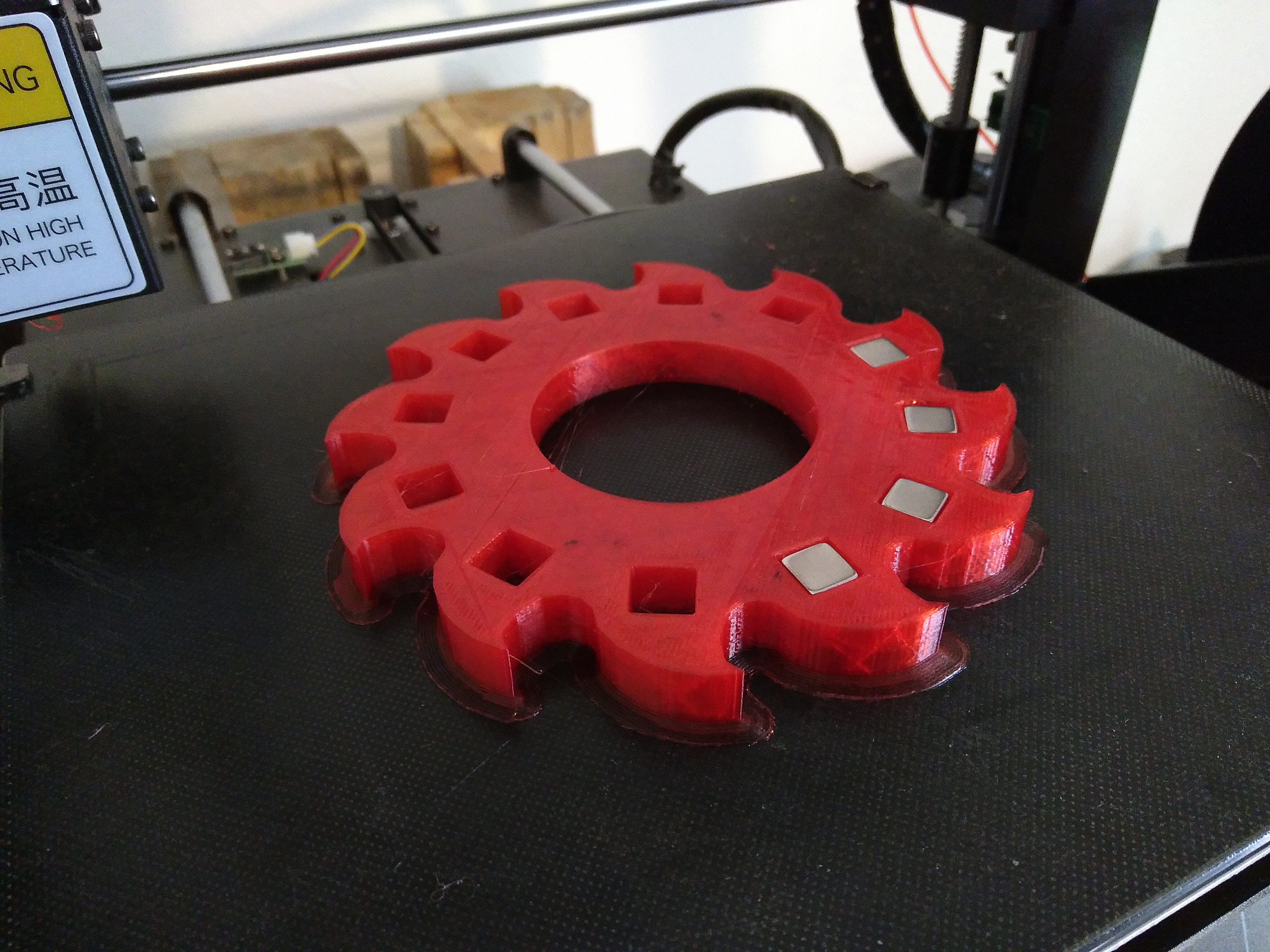


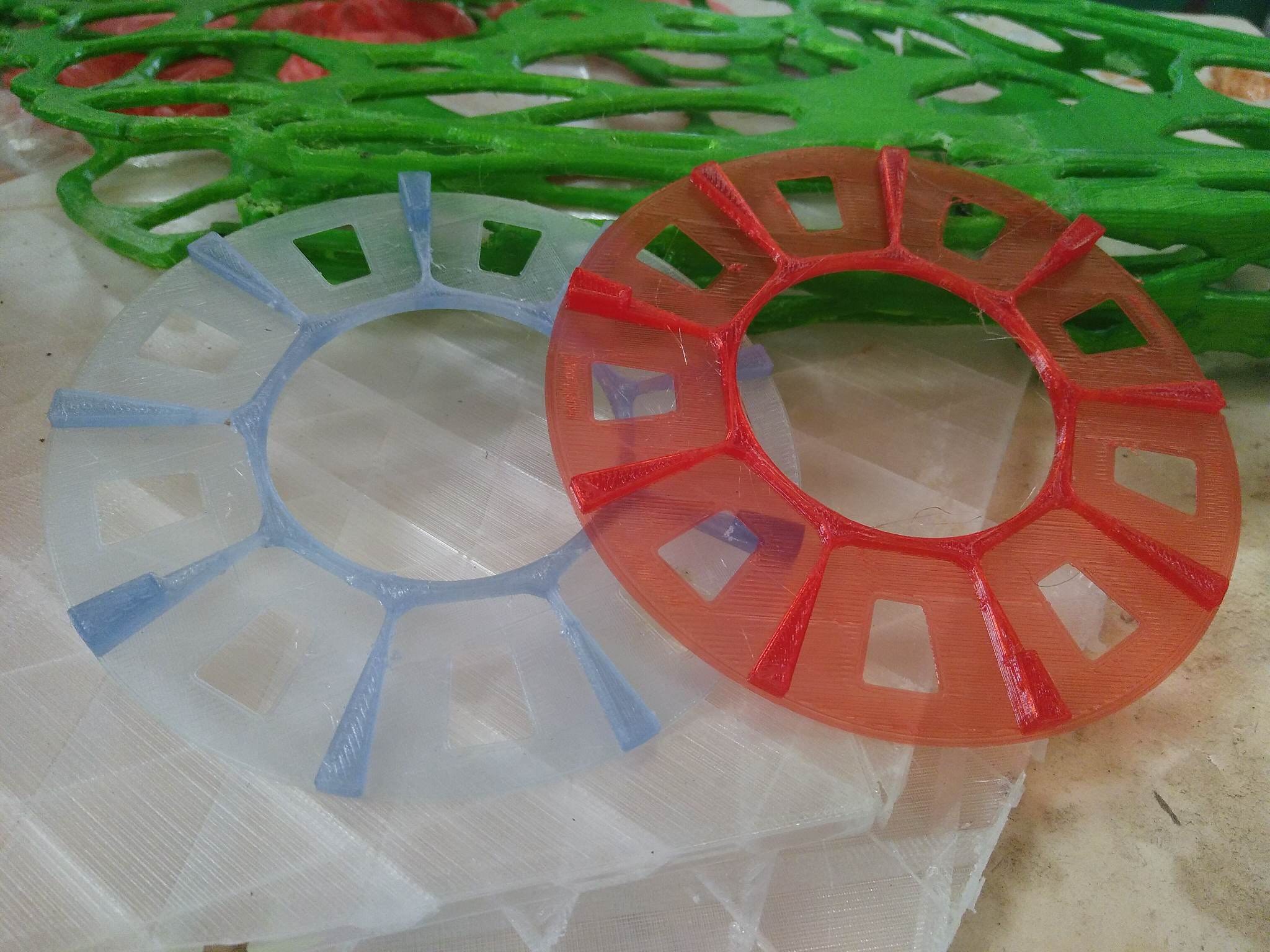

 (Please not that we are not affiliated with any of the brands mentioned)
(Please not that we are not affiliated with any of the brands mentioned)
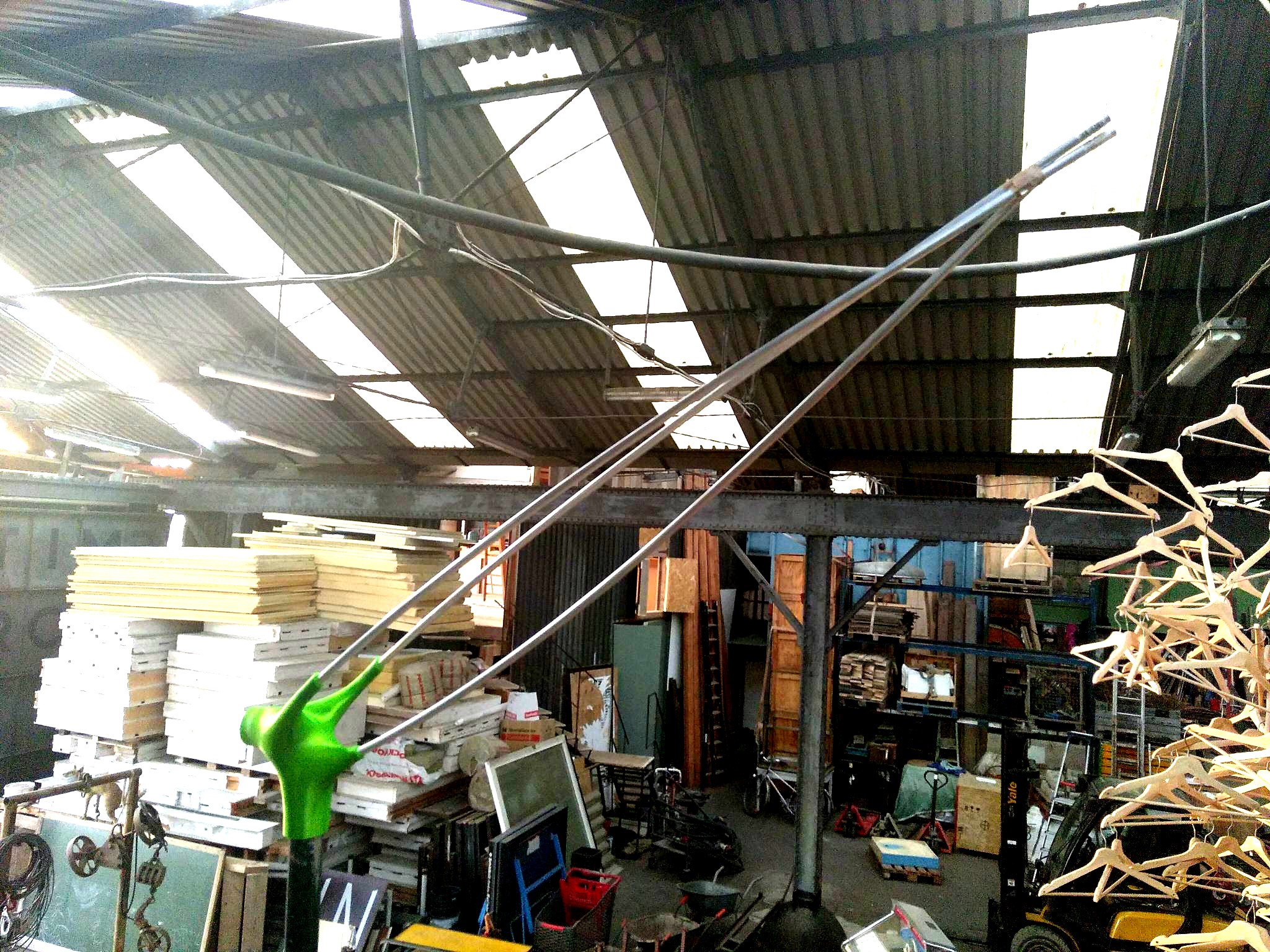 Test print, but gives a more detailed view:
Test print, but gives a more detailed view:
 Next up is creating a tail! Dimensions are not so critical but it is important that it is light and stiff! The tailpiece will also serve as a mount for the windturbine, and fits everything of a pole of 40mm. Herefore we use a cheap steel pole that is used for garden fencing (which was actually 38,5mm in our case). Total price: barely 20EUR!
Next up is creating a tail! Dimensions are not so critical but it is important that it is light and stiff! The tailpiece will also serve as a mount for the windturbine, and fits everything of a pole of 40mm. Herefore we use a cheap steel pole that is used for garden fencing (which was actually 38,5mm in our case). Total price: barely 20EUR!
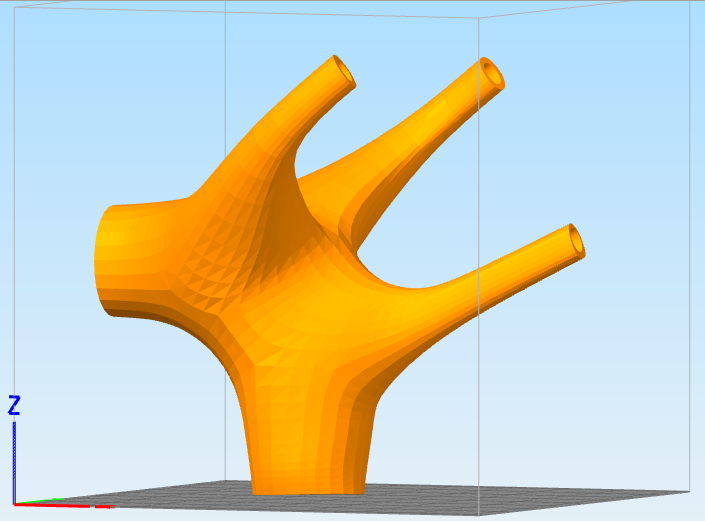

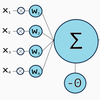



 Canine Defense Technologi
Canine Defense Technologi
 schneidermarionx
schneidermarionx
 James Dietz
James Dietz
Love it! Do you have any more documentation than what is here or on your website? If you want any help with writing any documentation or running tests, give me a shout!
Did you work with Precious Plastics? Did you make any filament there?
Thanks for making this open source!
/w